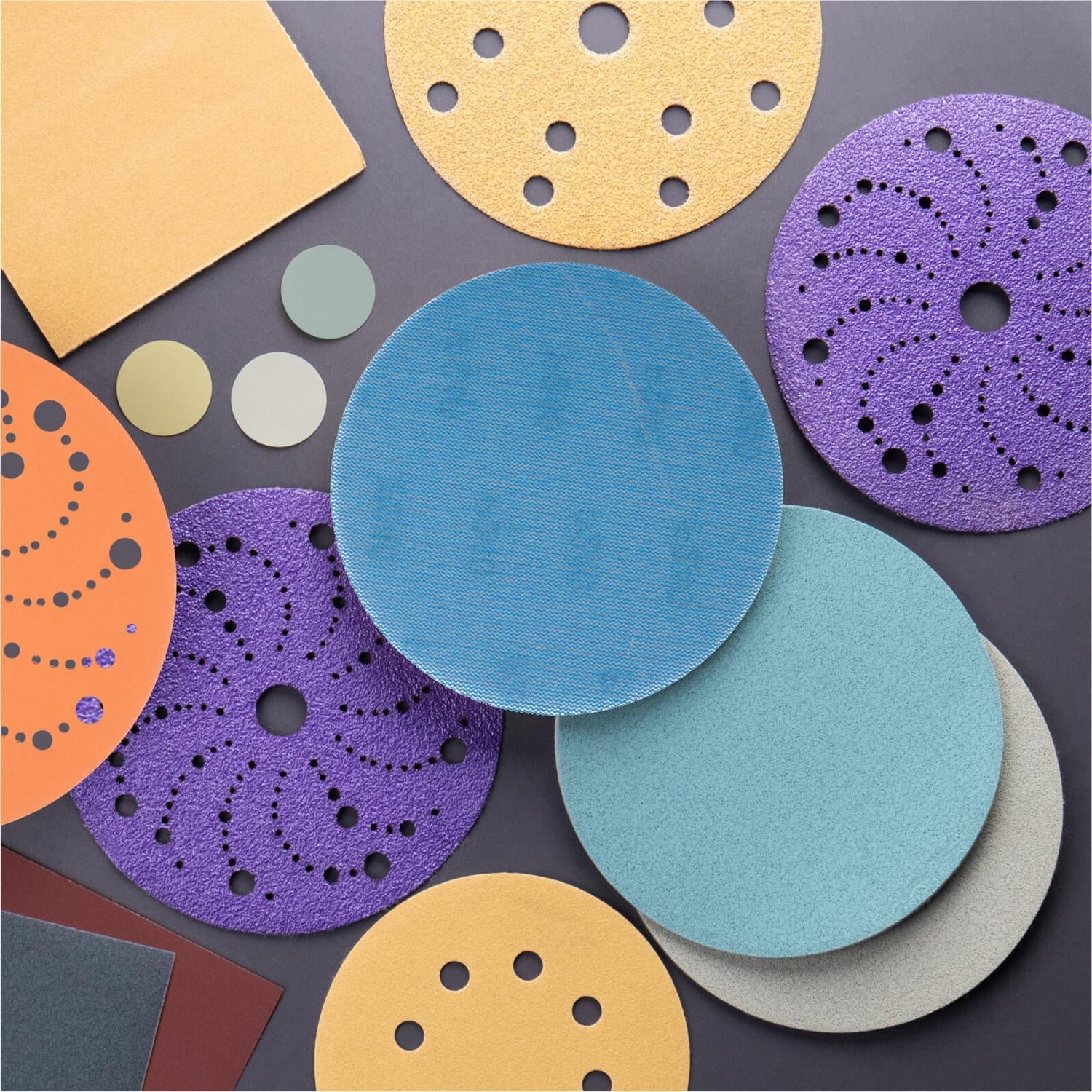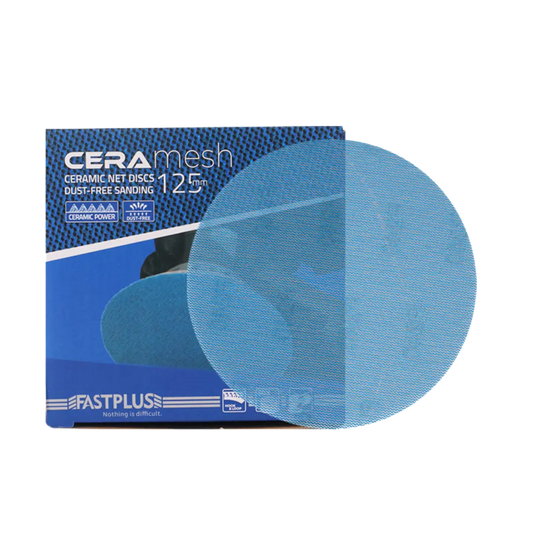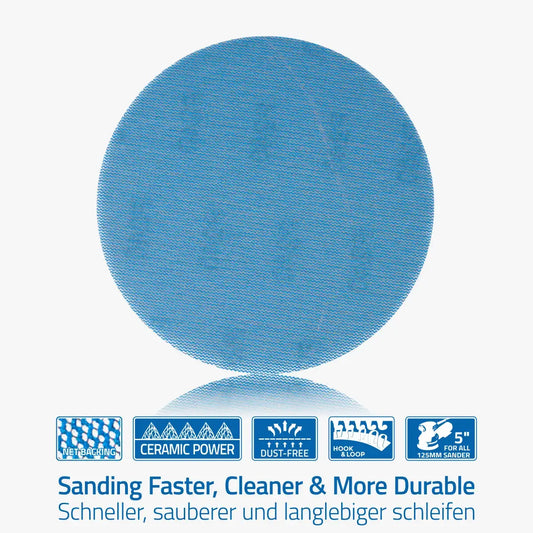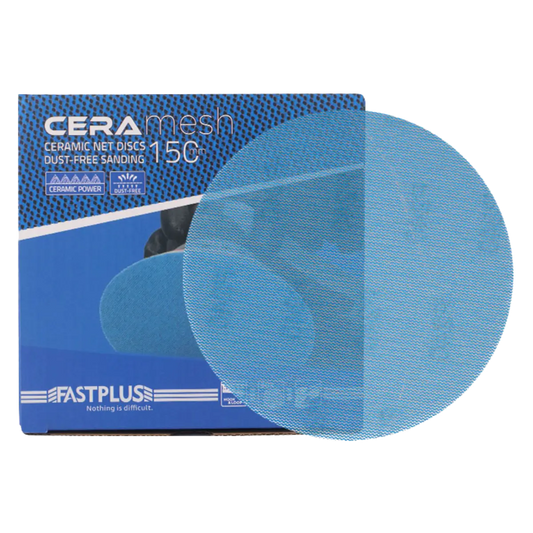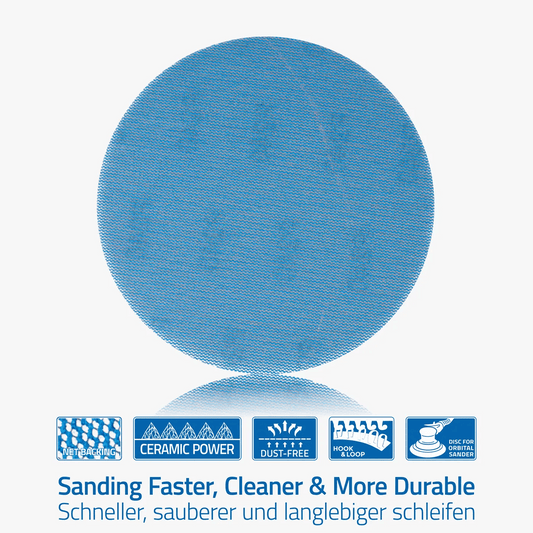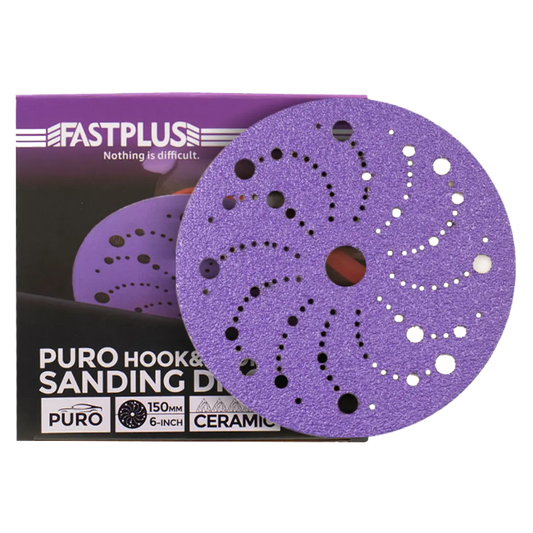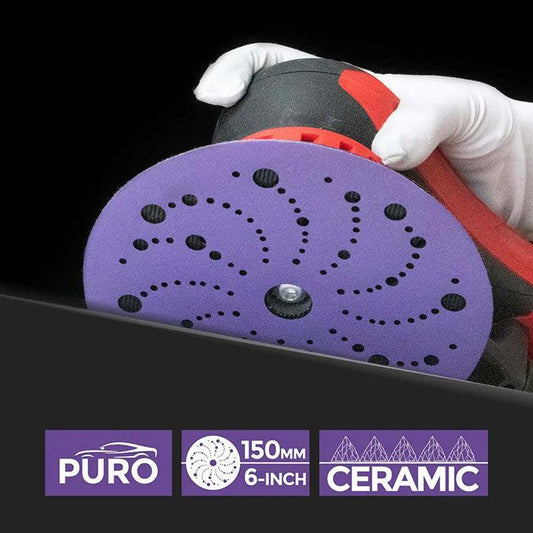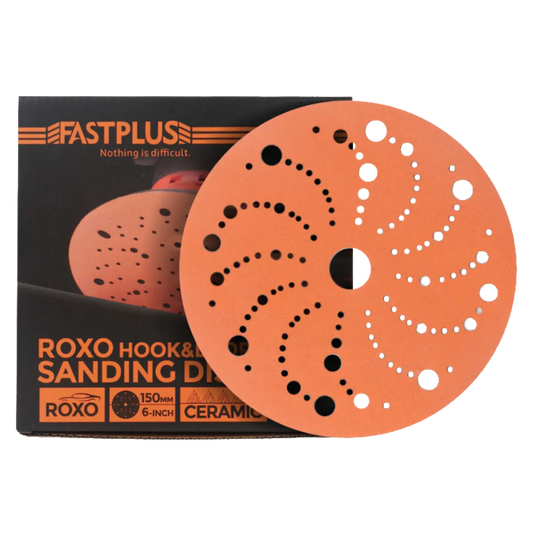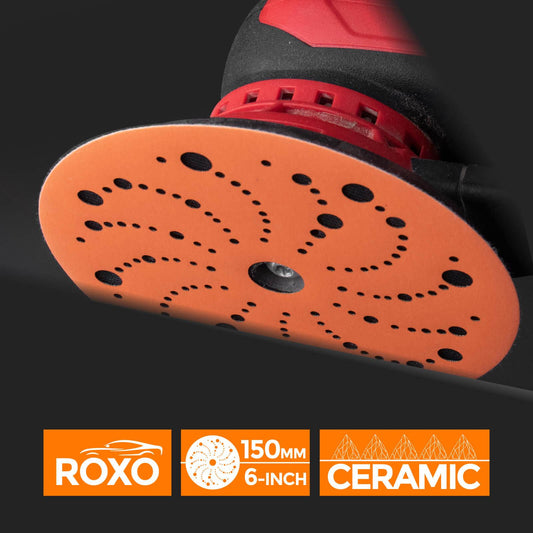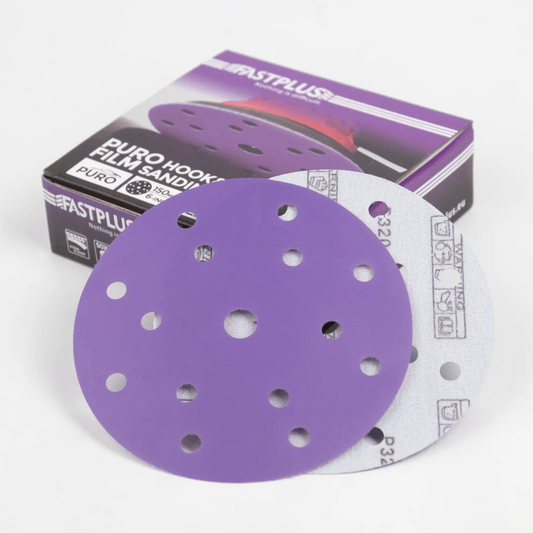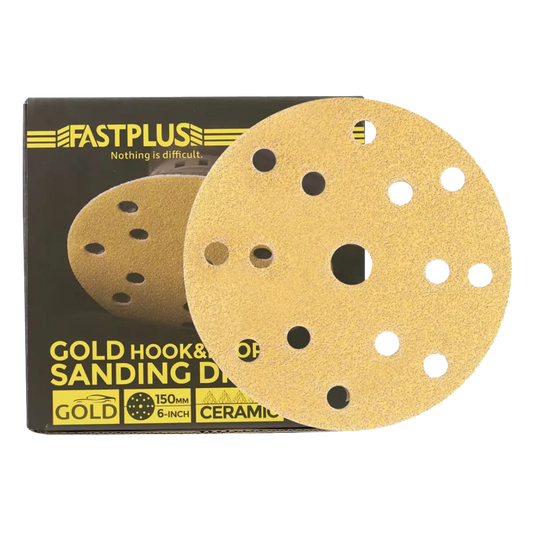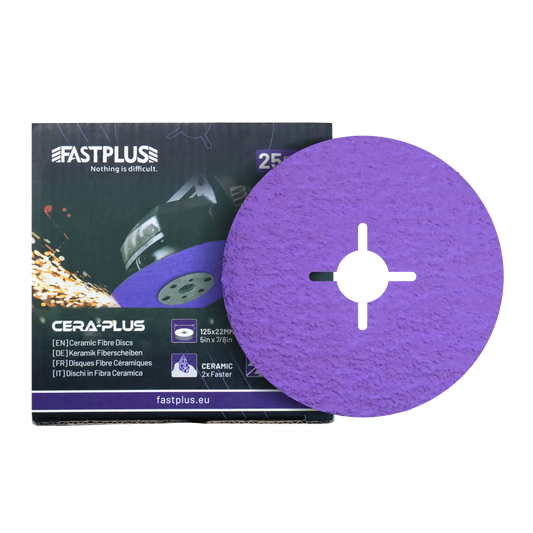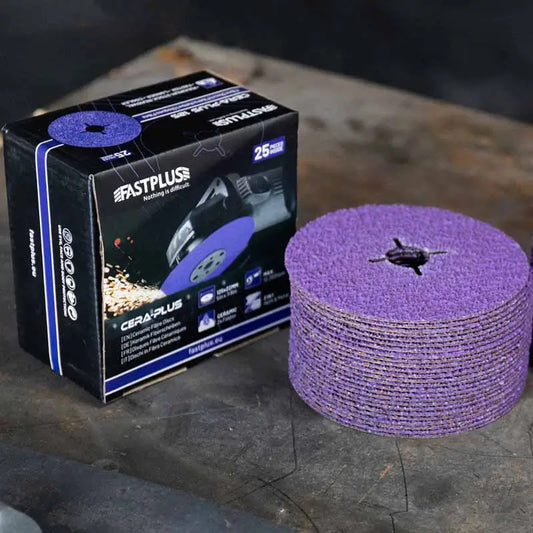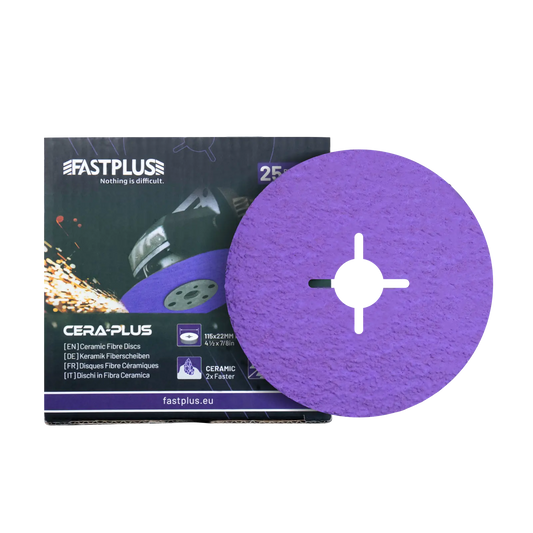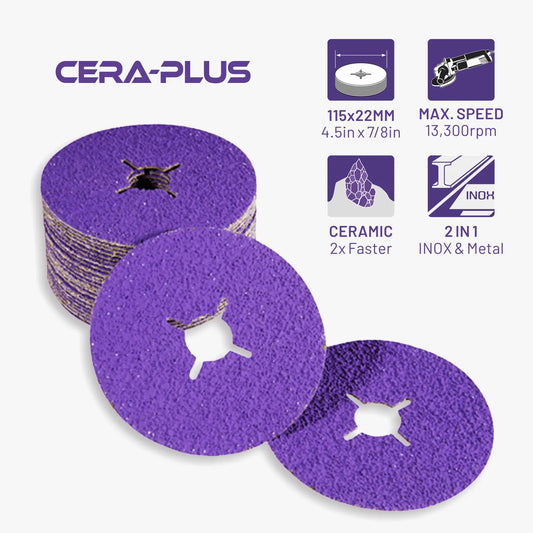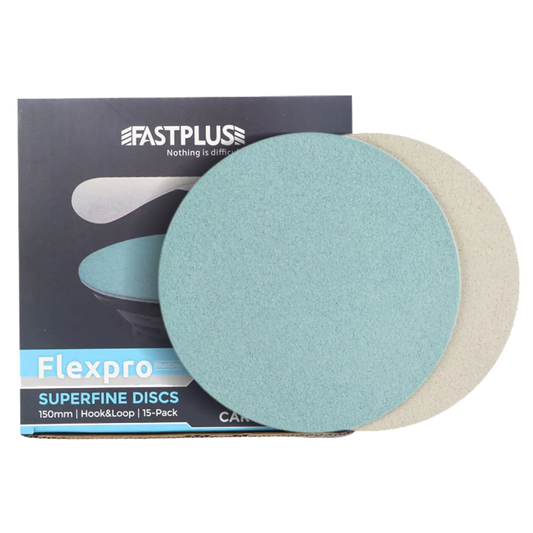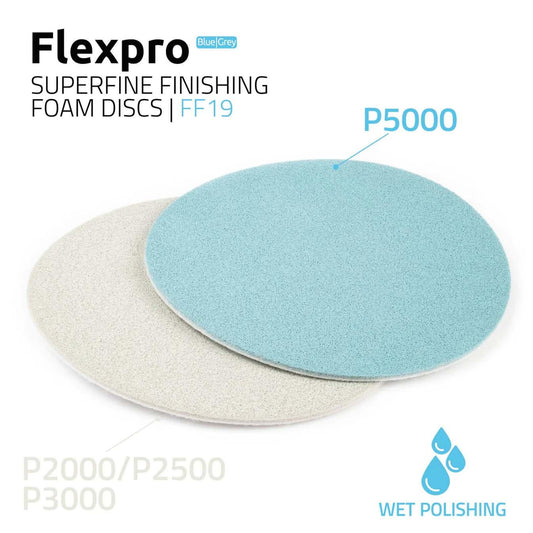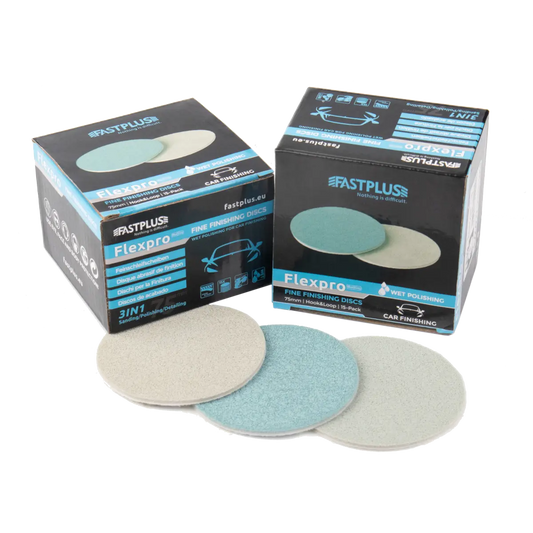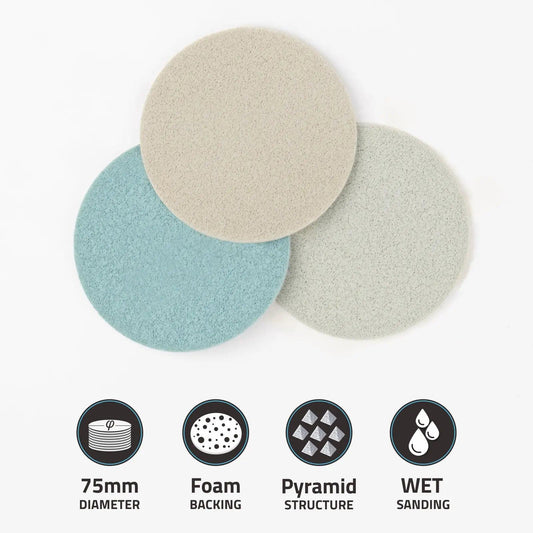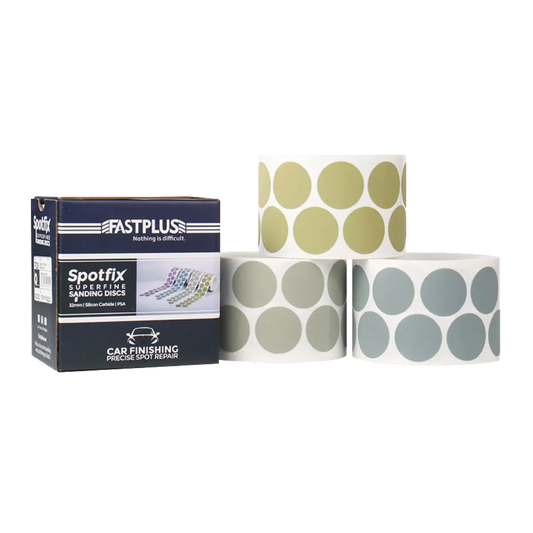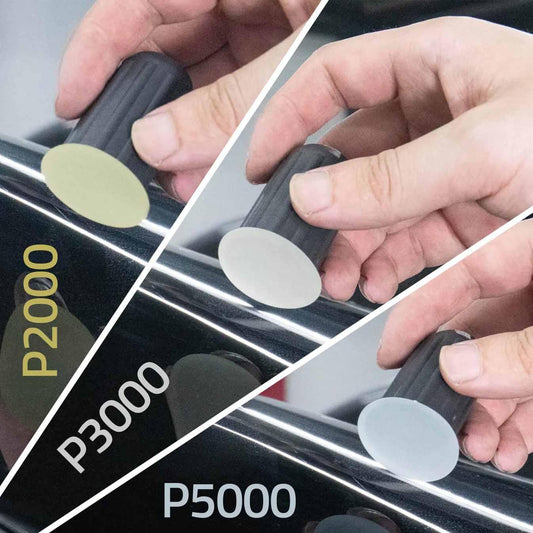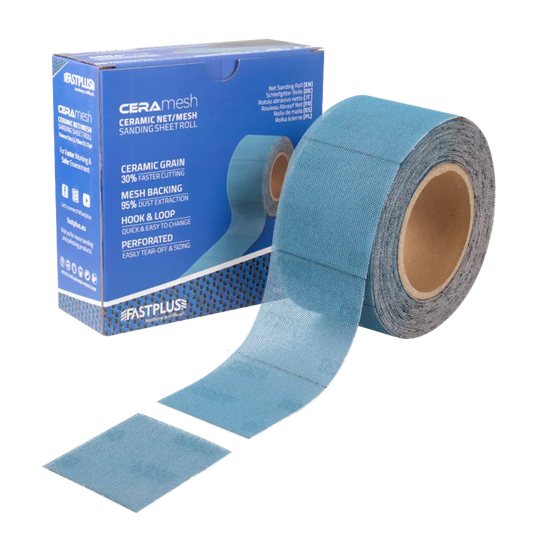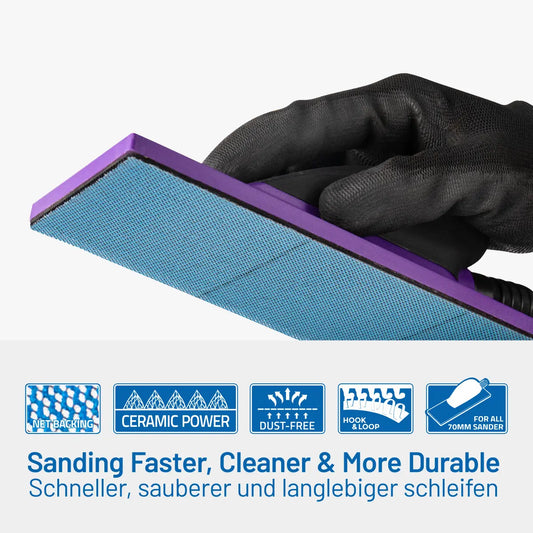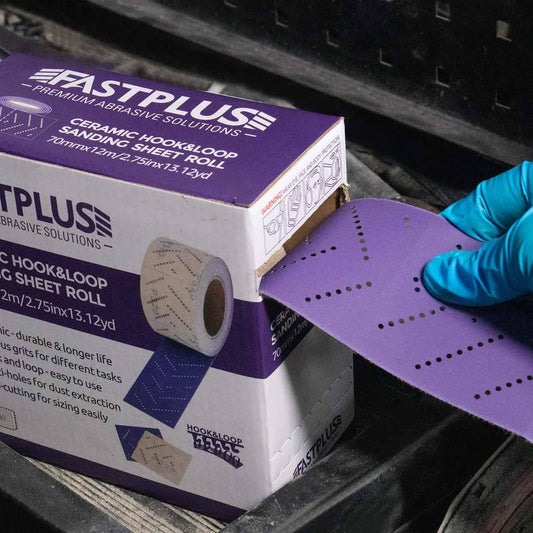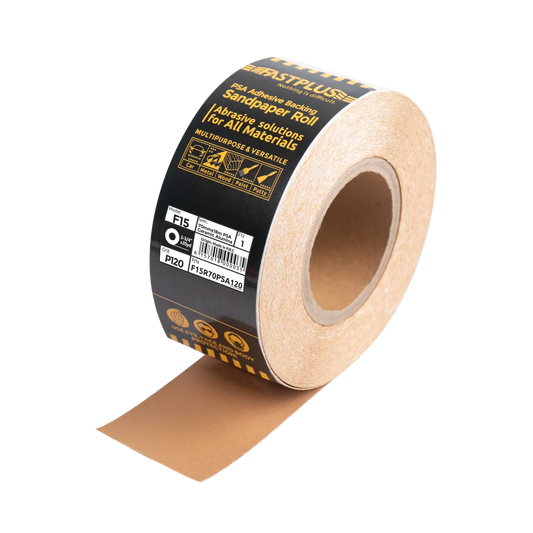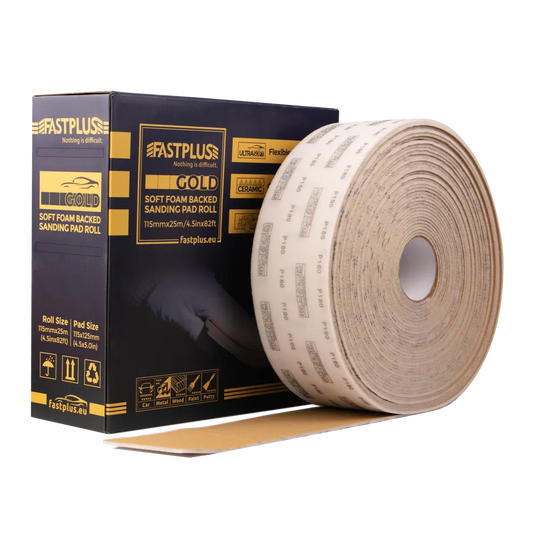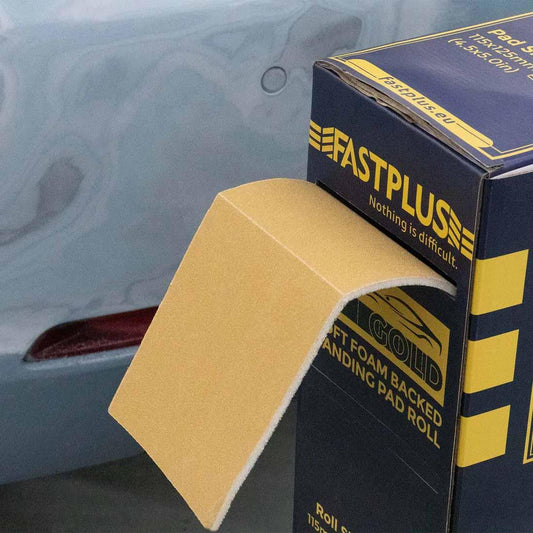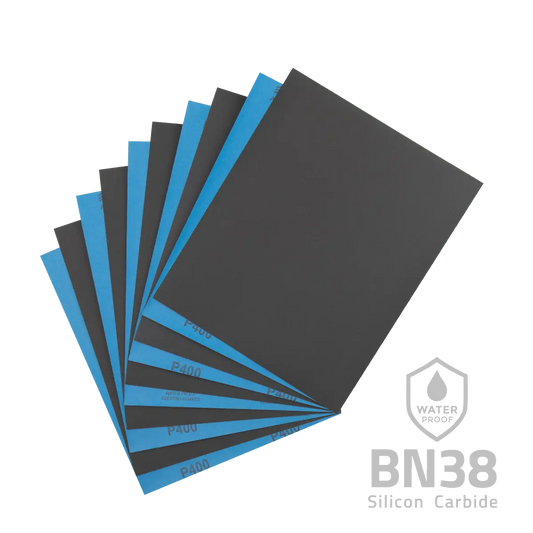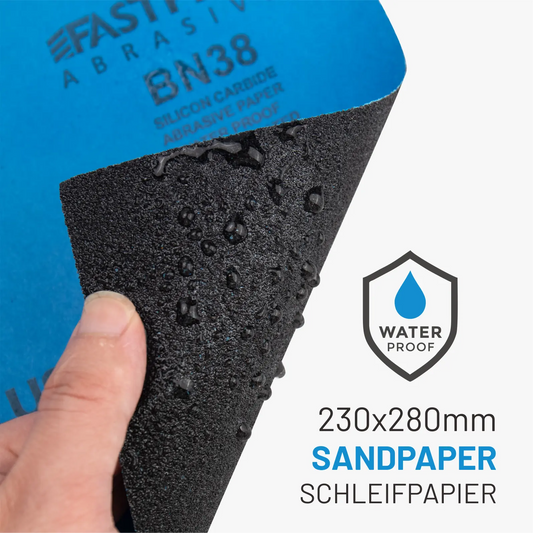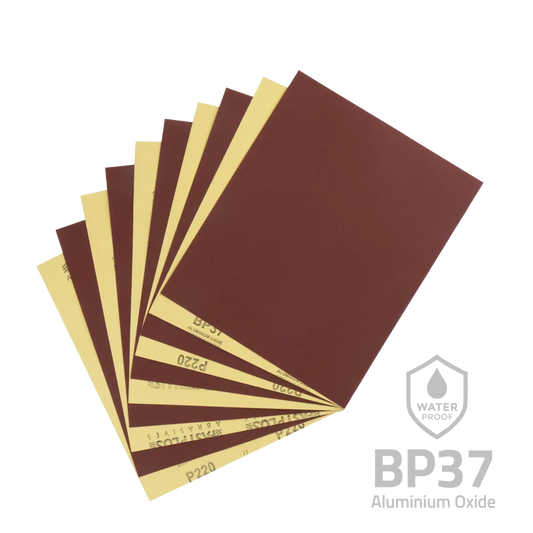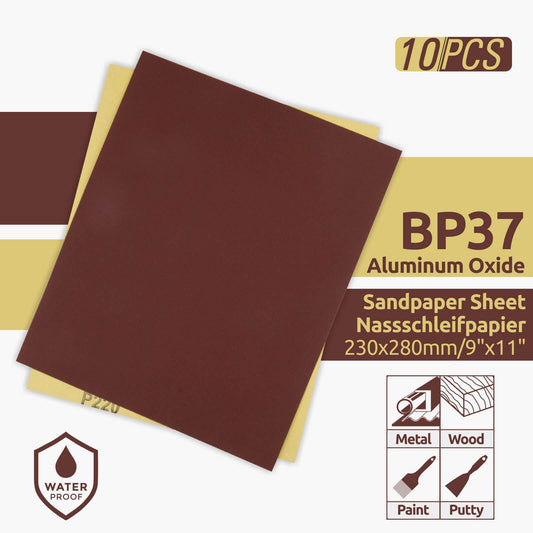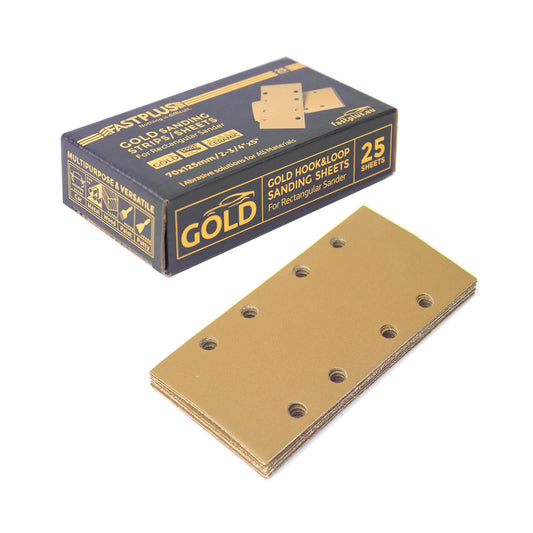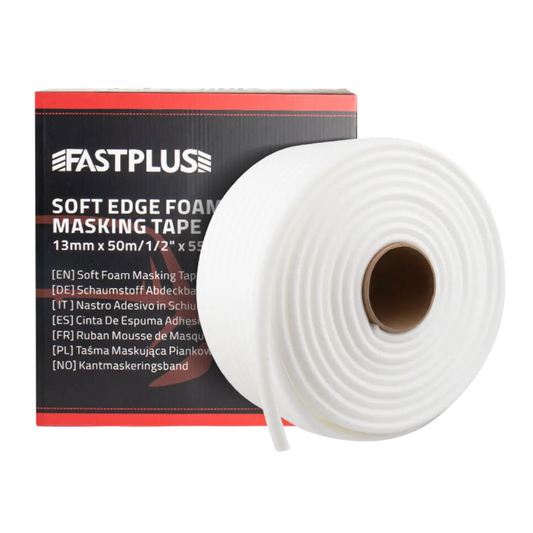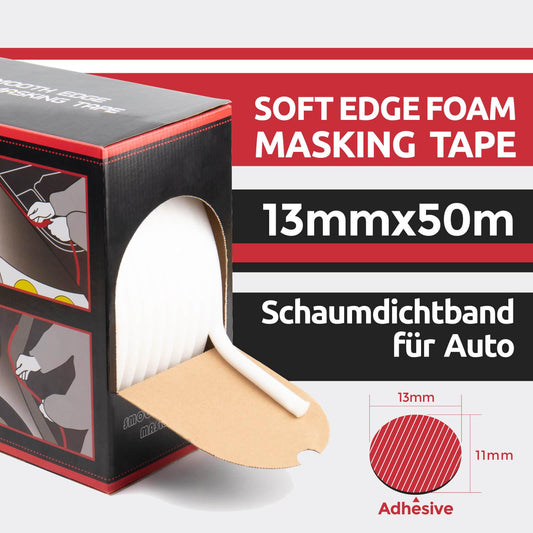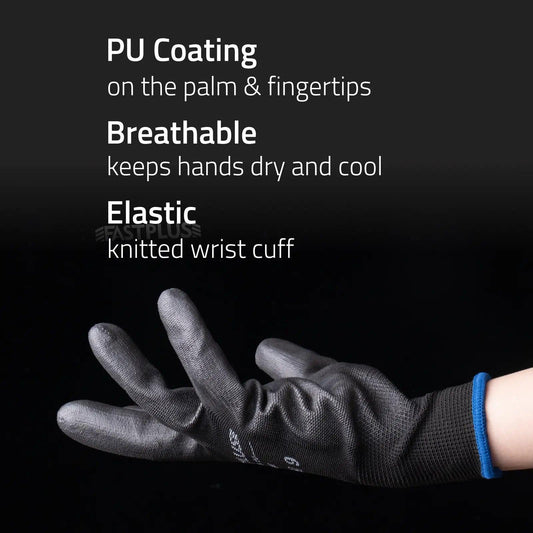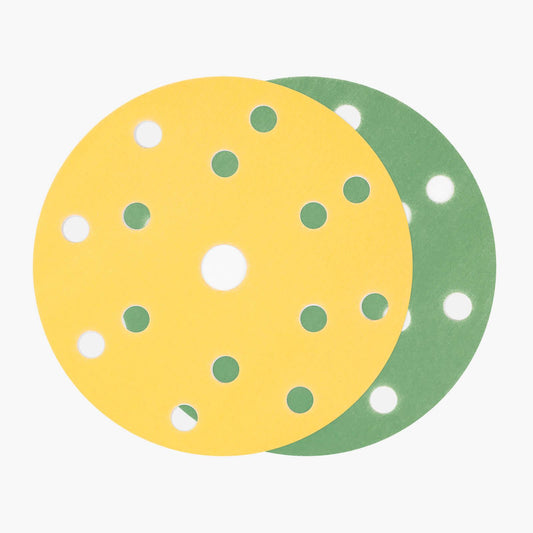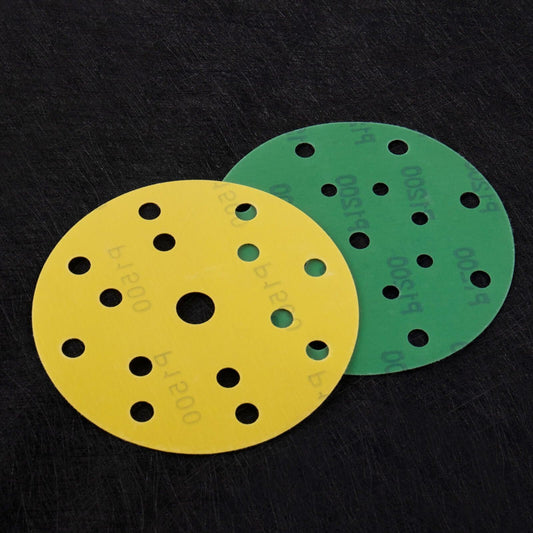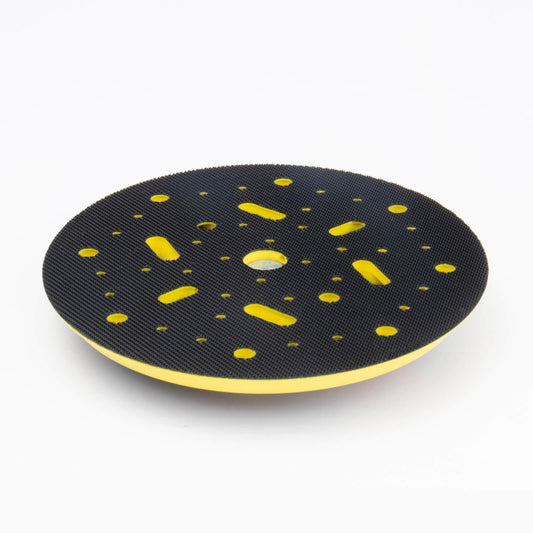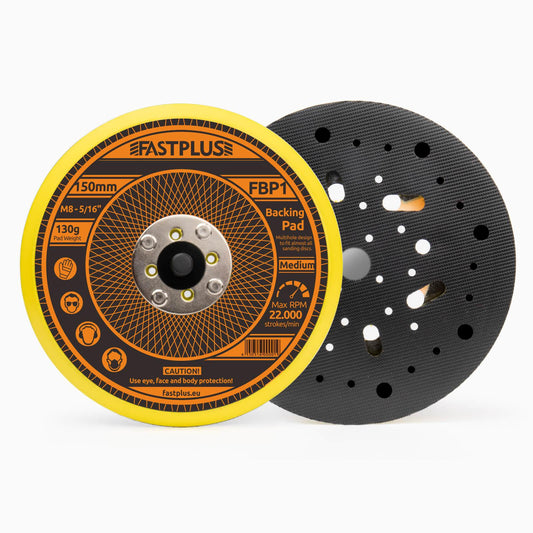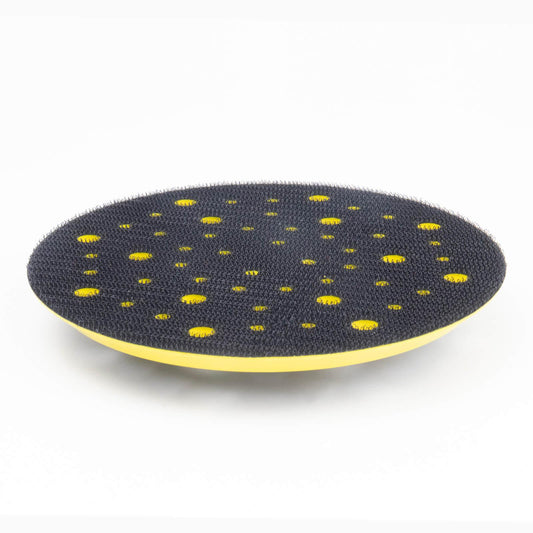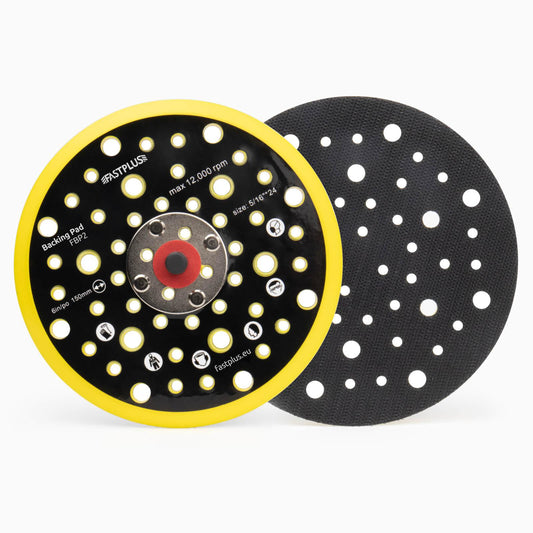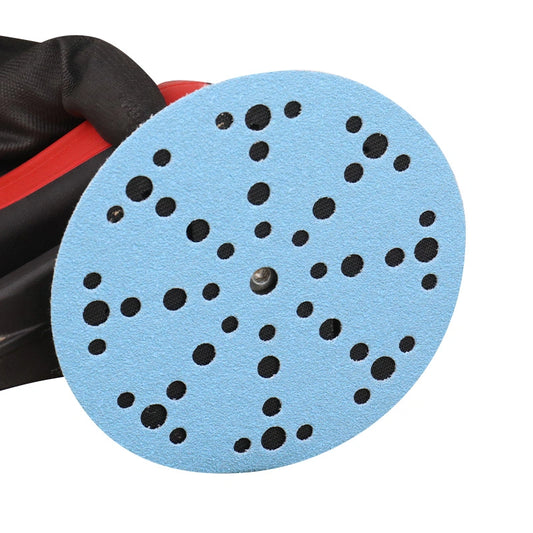
Peel and Stick Sanding Rolls – Pro Tips & Advice
Whether you're a professional contractor, an auto body technician, or a weekend DIY enthusiast, peel and stick abrasive rolls can streamline your workflow and improve your finishing results. These user-friendly sandpaper rolls come with a pressure-sensitive adhesive (PSA) backing, making them quick to apply and remove. But using them efficiently and getting the most out of each roll requires a few smart techniques. In this article, we'll explore the benefits, applications, and must-know tips and tricks for working with peel and stick abrasive rolls.
What Are Peel and Stick Abrasive Rolls?
Peel and stick abrasive rolls are rolls of sandpaper coated on one side with an adhesive backing. Instead of using clamps or glue, you simply peel off the protective liner and press the abrasive side onto your sanding tool, block, or backing pad.
They’re commonly used for:
- Automotive body repair
- Woodworking
- Metalworking
- Composite surface prep
- Plastic finishing
- Paint and rust removal
These rolls are usually made from aluminum oxide, ceramic, or silicon carbide, and are available in a wide range of grit sizes to suit every sanding and polishing stage.
Why Choose Peel and Stick Abrasive Rolls?
Here are some advantages of using PSA-backed sandpaper rolls:
✅ Time-Saving
Switching abrasive sheets is fast and clean—no cutting, gluing, or clamping needed.
✅ Consistent Surface Contact
The adhesive ensures full contact between the abrasive and the tool, leading to even surface pressure and a more uniform finish.
✅ Versatility
You can cut custom lengths to fit sanding blocks, flat pads, or orbital sanders.
✅ Cleaner Workspace
Because there’s no loose sandpaper or clips, the setup is neater and safer, especially in tight workspaces.
Choosing the Right Roll for the Job
Before diving into tips and techniques, it's important to select the right product. Consider the following:
1. Backing Material
- Paper backing (A/C-weight) is flexible and best for hand sanding or contour sanding.
- Cloth backing (J/X-weight) is stronger and more durable for aggressive sanding or machine use.
2. Abrasive Type
- Aluminum Oxide: Good all-purpose option for wood and metal.
- Silicon Carbide: Best for wet sanding, plastics, and composites.
- Ceramic: Ideal for heavy-duty work and long-lasting performance.
3. Grit Size
Match the grit to the task:
- 60–80 Grit: Rough shaping or rust removal
- 100–150 Grit: General-purpose sanding
- 180–240 Grit: Surface prep before finishing
- 320+ Grit: Polishing or ultra-smooth sanding
Tips & Tricks for Using Peel and Stick Abrasive Rolls
Once you’ve selected the right roll, use these pro tips to ensure optimal results:
Tip 1: Prep the Backing Surface
Before applying your PSA sandpaper, make sure the sanding block or pad is clean and dry. Dust, oil, or old adhesive residue can prevent good adhesion and lead to lifting or uneven sanding.
Pro Tip: Use rubbing alcohol and a clean cloth to wipe the surface. Let it dry completely before sticking.
Tip 2: Use a Straight Edge for Clean Cuts
When cutting lengths from the roll, use a utility knife and straight edge to get a clean, square cut. Jagged edges can cause premature wear or uneven sanding lines.
If you're working with pre-marked sanding blocks, match the roll length exactly to avoid waste or overlap.
Tip 3: Apply Even Pressure During Installation
Press the sandpaper down from the center outward to eliminate air bubbles. Apply firm, even pressure to bond the adhesive fully.
Avoid: Wrinkles or loose spots—they can cause gouges in the surface you’re sanding.
Tip 4: Use a Release Agent for Easy Removal
Peel and stick sandpaper can leave behind sticky residue if removed improperly. Applying a light mist of water or using a heat gun for a few seconds can help soften the adhesive for cleaner removal.
Pro Tip: Keep some adhesive remover or denatured alcohol on hand for stubborn spots.

Tip 5: Label Your Grit Sizes
Cut-off pieces from rolls can pile up quickly. Use a marker to label the grit size on the back of each piece to avoid confusion mid-project.
You can also pre-cut and pre-label pieces for common tasks to save time.
Tip 6: Store Rolls in a Cool, Dry Place
Extreme heat or humidity can compromise the adhesive quality over time. Store your rolls in a sealed container or ziplock bag in a temperature-controlled area.
Bonus Tip: Hang rolls vertically on a pegboard to keep them organized and avoid flattening or curling.
Tip 7: Combine with Soft Interface Pads
When sanding delicate surfaces, use an interface pad between the sandpaper and the tool. This reduces aggressiveness and helps maintain contours without burning or digging into the material.
Tip 8: Check for Clogging Frequently
Even premium abrasives can clog when sanding paint, resin, or softwood. Keep an abrasive cleaning stick nearby or gently tap the surface with a brush to dislodge buildup.
Alternative: Use open-coat or stearate-coated rolls for better anti-clogging performance.
Tip 9: Use for Shaping Foam or Plastics
PSA rolls are excellent for shaping and smoothing foam used in car seats, insulation, or custom inserts. Their flexibility and controllable size make them perfect for contour sanding.
Tip 10: Reuse with Care
If the adhesive is still tacky and the grit is in good shape, gently remove and reposition the sandpaper onto a new backing. This can extend the life of each piece and reduce waste.
Common Mistakes to Avoid
Even seasoned users can make mistakes. Here are a few things to watch out for:
❌ Skipping Surface Cleaning
Leads to poor adhesion and wasted sandpaper.
❌ Using Wrong Grit Sequence
Going from 60 grit straight to 240 grit can leave scratches. Move up gradually for the best finish.
❌ Overheating During Machine Sanding
Excessive heat can melt the adhesive and damage the backing. Use moderate speed and pressure.
❌ Ignoring Roll Expiry
Old adhesive loses strength over time. If it’s been sitting for years, test it before use.
Final Thoughts
Peel and stick abrasive rolls are a practical, professional-grade solution for efficient surface preparation. Their convenience, versatility, and precision make them a go-to choice for industries like woodworking, automotive refinishing, marine maintenance, and metal fabrication.
By following these tips and tricks—from proper surface prep to smart storage—you can get the most out of every roll and achieve smoother, cleaner finishes with less effort.
If you're ready to upgrade your sanding process, check out our full range of PSA sanding rolls at FastPlus. We offer high-performance rolls in various materials and grit sizes, all at factory-direct prices.
